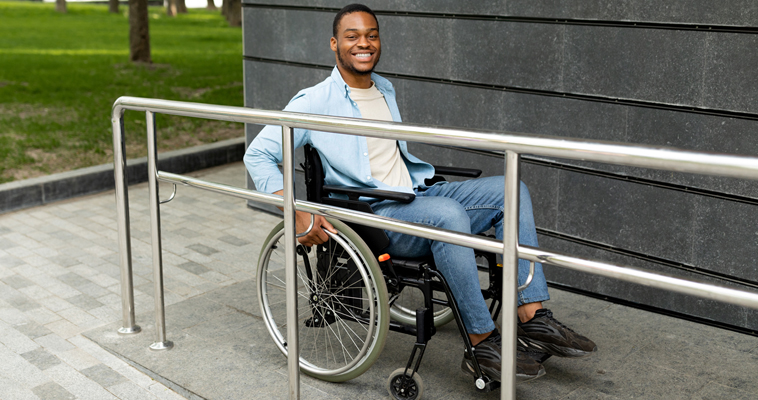As time goes on, your abilities and overall needs change, and that’s okay! Fortunately, your home can change with you so that performing daily tasks can still be safely done with ease. Here are four home modifications that you should consider installing in your home if you are experiencing any mobility issues:
Handrails
Having the proper stability helps prevent harmful accidents such as trips or falls. And when it comes to providing that stability, handrails are a game changer! Handrails will help you keep your balance as you do tasks like showering or walking up and down stairs. Installing handrails in hazardous areas like these can help reduce the likelihood of accidents. Some places where handrails are most helpful for mobility include your bathtub or shower, your bed, or on both sides of any steps or stairs.
Safer Flooring
When it comes to moving around your home easily, the floor can be your best friend or your worst enemy. It all depends on the type of flooring you have. Shaggy carpets are likely to bunch up and cause people walking on it to trip or fall. Instead, you may want to consider replacing it by installing new, shorter carpeting as it will be less of a tripping hazard. If you mainly use a wheelchair or walker to get around, flooring like hardwood, tile, laminate, and vinyl floors may be easier to move across because it is so smooth you will not have to use any extra strength to do so. Once you consider which flooring material best fits your daily needs, you can make a decision that will level up the comfort of your home.
Wider Doorways
Having your doorways widened can help make your home easier to move through, especially if you use mobility aids, like a wheelchair or walker, to get around. Wider doorways allow people with mobility aids to pass through more easily. This modification doesn’t just benefit older adults who use mobility aids though. Wide doorways also allow extra space for medical equipment and home-care aids to move through doorways with you.
Ramps
Ramps allow people using them to smoothly transition from one surface to the next with a lesser risk of tripping or falling. This is especially helpful for people who use wheelchairs to get around so they can easily enter any room the ramp is connected to. If you would like to see what living with an indoor ramp is like before you commit to installing one in your home, you can purchase a portable ramp.
If you think you may need help paying for the home modifications you need, visit MyPlaceCT’s Paying for Assistive Technology & Home Modification page to learn more about your options.





